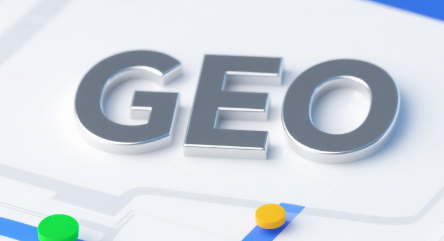Is GEO optimization a high return?
Thereturn of GEO (Generative Engine Optimization) is generally high potential and sustainable, especially under the trend of generative AI gradually replacing traditional search as the main information entrance.
- 1. Return source
- Stable traffic brought by long-term AI citations
- Once your content is cited by generative AI, it may appear in relevant Q&A for a long time.
- Unlike search rankings that are easily squeezed out by new content, AI-cited content tends to be retained longer.
- Brand exposure and authoritative endorsement
- being cited by AI will be regarded as an "authoritative information source" by users, enhancing brand trust.
- particularly valuable in fields such as healthcare, law, finance, and more.
- New user acquisition channels
- GEO optimization can reach user groups that do not rely on traditional search engines.
- In AI assistant scenarios, it is easier for users to directly click on the source or remember the brand.
- SEO Synergy
- structured, authoritative content that meets SEO standards while driving both search and AI traffic.
2. Input vs. output
- Input cost
- is mainly the time and manpower of content optimization, structured arrangement, and authoritative data citation.
- technical costs (schema data, page optimization, etc.) can be deployed once and used for a long time.
- The output effect
- AI citation traffic can be free "evergreen traffic".
- has a higher long-term ROI (return on investment) and a more stable conversion rate compared to running ads.
3. Industry differences
- High-return industries: medical care, law, education, finance and other fields with high authoritative requirements and frequent user consultations.
- Medium and high return industries: e-commerce, SaaS, tourism, food and other fields with certain requirements for information accuracy.
- Potential return industries: culture, entertainment, lifestyle, more creativity and differentiated content.
4. Potential risks and challenges
- Risk of algorithm changes: AI citation logic may be updated and needs to be continuously optimized.
- Increased competition: More people doing GEO raises the bar for competition to be cited.
- Difficulty in Effect Monitoring: Currently, there is a lack of a unified AI citation monitoring tool, which requires manual testing and verification.
Frequently Asked Questions
Q: How long does GEO optimization pay off?
A: Generally, you can see the initial citation effect in 1-3 months, and stable citation traffic will form in more than 6 months.
Q: Does GEO optimization need to be done over a long period of time?
A: Yes, continuous updates and iterations maintain citation and authority.
Q: Is GEO optimization suitable for small teams?
A: Yes, small teams can focus on subdivisions and use authority and precise structure to win.




